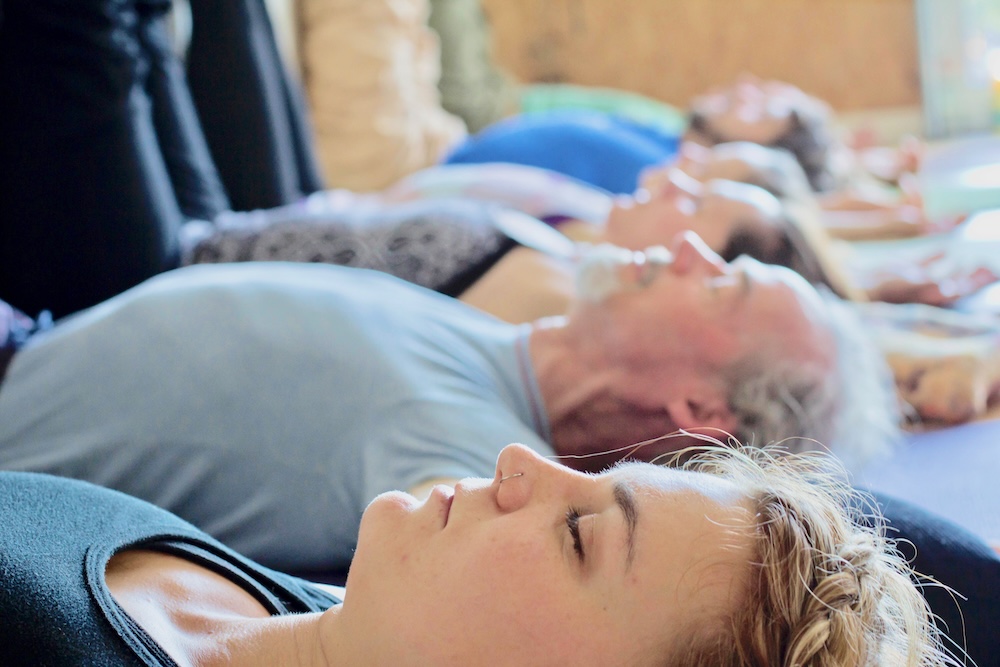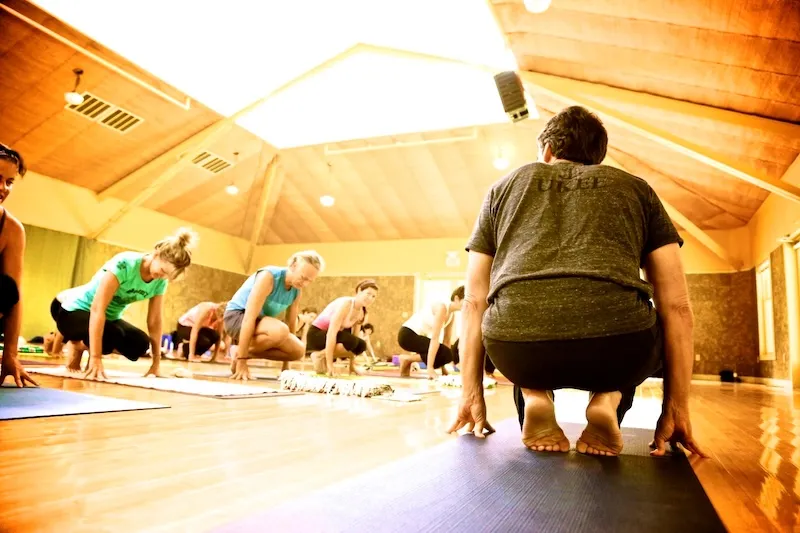Neuroplasticity: The Changing Mind in Yoga Practice
Recent neuroscience reveals what ancient yogis knew intuitively - our brains can rewire themselves through conscious practice, transforming not just our bodies but our very perception of reality.

Have you ever wondered why some people seem to effortlessly maintain peace of mind amidst life’s chaos, while others struggle with the same patterns year after year? What if the difference isn’t fixed personality or inherent talent, but something far more malleable - the actual structure of our brains?
The Revolutionary Discovery
For most of my career, I approached yoga through the lens of tradition and intuition. But when I encountered the science of neuroplasticity - the brain’s remarkable ability to reorganize itself throughout life - it reframed everything I understood about transformation. This wasn’t just about stretching muscles or quieting thoughts; it was about literally rewiring the neural pathways that shape our experience of the world.
Beyond Fixed Patterns
We often speak of “hardwiring” as if our brains are rigid circuits, set in adolescence and unchangeable thereafter. Yet neuroplasticity research shows the opposite: our brains remain plastic, adaptable, and responsive to experience well into old age. Every thought, every movement, every mindful breath creates new neural connections while pruning away unused pathways.
Yoga as Neural Engineering
This is where yoga becomes more than physical exercise - it becomes a sophisticated form of neural engineering. Consider how a consistent asana practice strengthens not just muscles, but the brain regions responsible for body awareness and spatial orientation. Meditation doesn’t just calm the mind; it actually increases gray matter in areas associated with attention, emotional regulation, and self-awareness.
The Inner Teacher’s Role
But here’s the crucial insight: neuroplasticity doesn’t happen randomly. It requires the guidance of what I call the inner teacher - that quiet wisdom within that knows which patterns serve us and which need to be released. Without this internal compass, we might strengthen unhelpful habits just as easily as we cultivate beneficial ones.
Practical Applications
In my work with students, I see neuroplasticity in action every day. The student who arrives rigid and anxious, through consistent practice, begins to embody fluidity and presence. The practitioner who once reacted impulsively to stress learns to pause and respond with clarity. These aren’t temporary changes - they’re lasting neural transformations.
Embracing Change
The beauty of neuroplasticity is that it democratizes transformation. It doesn’t require perfect conditions or extraordinary talent. It simply requires showing up, again and again, with the willingness to let go of what no longer serves us. In this way, yoga isn’t just about achieving physical poses or mental states - it’s about participating in the ongoing creation of who we are.
What patterns in your life might be ready for rewiring? The brain that changes itself awaits your conscious direction.

